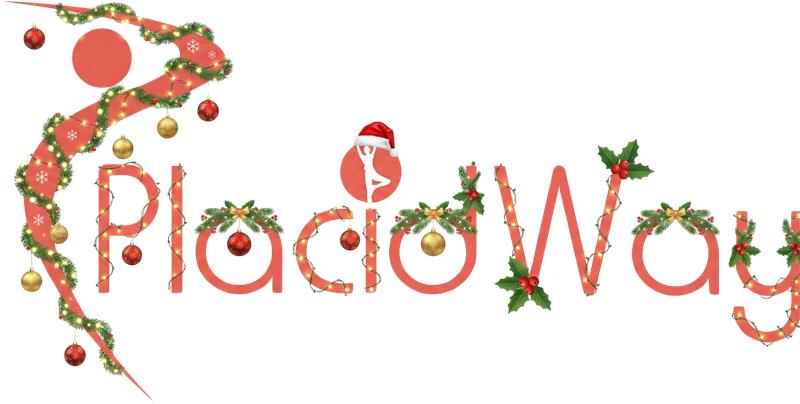What Is Stem Cell Therapy for Herniated Discs?

Chronic back pain caused by a herniated or bulging disc is one of the most common and debilitating conditions, often leaving patients searching for alternatives to conventional treatments like steroid injections or major surgery.
In recent years, stem cell therapy for herniated discs has emerged as one of the most exciting frontiers in regenerative medicine, offering the potential for long-lasting relief by targeting the underlying inflammation and promoting a healthier disc environment.
For those considering this cutting-edge treatment, the most important question is: "What is the success rate?" The answer is both promising and nuanced. While this is still an evolving field, clinical studies and data from top regenerative medicine clinics show a high rate of success in terms of pain relief and improved function.
However, it's crucial to understand what "success" means in this context and who is a good candidate for the procedure. This guide, current for September 2025, will provide a clear and realistic look at the success rate of this therapy, explain how it's measured, detail the factors that lead to a positive outcome, and help you set appropriate expectations for your journey with regenerative medicine for back pain.
How is 'Success' Measured in Clinical Studies?
Unlike a simple pass/fail test, the success of stem cell therapy for disc issues is measured across several key metrics. A "successful" outcome means the patient has experienced significant, lasting improvement in their quality of life.
- Pain Reduction: This is the number one goal. It is tracked using a standardized 10-point Visual Analog Scale (VAS). Most studies define success as a 50% or greater reduction in a patient's pain score. In the reported 60-80% of successful responders, many experience pain relief of 70-90%.
- Functional Improvement: This measures a patient's ability to perform daily life activities. It's tracked using a questionnaire called the Oswestry Disability Index (ODI). A significant drop in the disability score—meaning a patient can walk further, sit longer, and return to hobbies—is a key marker of success.
- Reduction in Medication: A successful outcome often allows patients to significantly reduce or completely eliminate their need for chronic pain medications like NSAIDs or opioids.
- Anatomical Changes on MRI: This is the highest and most difficult bar to clear. While the primary goals are pain and function, some studies have shown modest improvements in disc height or disc hydration on follow-up MRIs. However, a complete "regeneration" of the disc is rare and should not be the primary expectation.
How Do Stem Cells Work to Treat Disc Pain?
The treatment involves a precise, image-guided injection of Mesenchymal Stem Cells (MSCs) into or around the damaged disc. These cells are not thought to simply "turn into" new disc tissue. Instead, they act as the body's natural "conductors" of healing and repair. The primary mechanisms are:
- Potent Anti-Inflammatory Action: A herniated disc leaks inflammatory substances that cause severe irritation to the surrounding nerves. MSCs are incredibly powerful anti-inflammatory agents. They release signaling molecules that tell the body's immune system to "calm down," directly addressing the root cause of the pain.
- Regenerative Signaling: MSCs also release a host of growth factors. These substances act as signals to the patient's own native disc cells, encouraging them to function better, produce more healthy disc matrix (like collagen), and slow down the rate of further degeneration. They create a healthier, less inflammatory environment within the disc.
Who is an Ideal Candidate for This Therapy?
Not everyone with a herniated disc is a good candidate, and careful patient selection is why reputable clinics report high success rates. The therapy works best for a specific patient profile:
- Pain Source: The pain is primarily "discogenic," meaning it originates from the disc itself and the resulting chemical irritation.
- Disc Condition: The patient has one or more painful, bulging, or herniated discs but still has a reasonable amount of disc height remaining. It is less effective for "bone-on-bone" conditions.
- Exclusion Criteria: Patients with severe spinal stenosis (a narrowing of the spinal canal that physically chokes the nerves), significant spinal instability (spondylolisthesis), or complete disc collapse are typically better candidates for traditional surgery.
A reputable clinic will perform a thorough review of your MRI and medical history to determine if you are a good candidate.
What Factors Influence a Successful Outcome?
Achieving a successful result depends on a partnership between a high-quality clinic and a committed patient.
- Cell Quality and Dose: A world-class treatment uses a high dose of millions of potent, viable, and lab-expanded MSCs. The quality of the cells should be verified by a Certificate of Analysis (COA).
- Injection Precision: The injection must be performed by a skilled physician using live imaging guidance (fluoroscopy or CT) to ensure the cells are placed precisely in the target area.
- Post-Procedure Care: The patient must be committed to following a rehabilitation protocol. The stem cells create the opportunity for healing, but physical therapy is what rebuilds strength and stability for a lasting result.
Exploring regenerative medicine for your back pain requires a trusted, high-quality partner. Placidway is a global leader in medical access, connecting patients with a network of pre-vetted, licensed, and highly-qualified clinics specializing in orthopedic stem cell therapy. Explore your options and get a free expert opinion on your case.


.png)









Share this listing